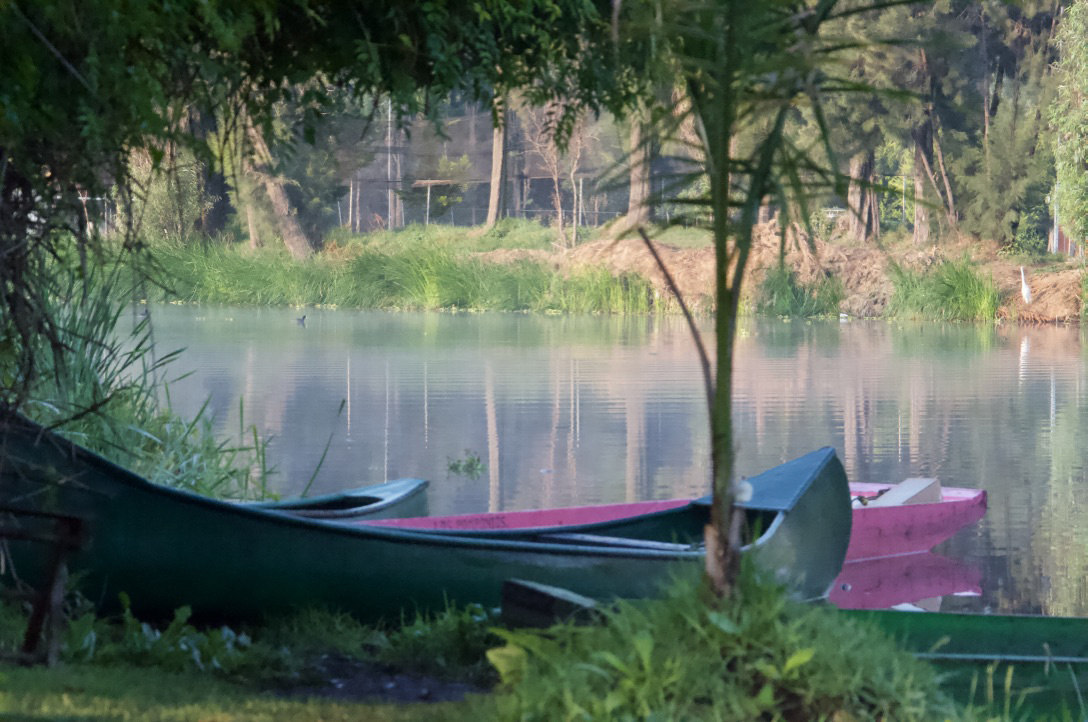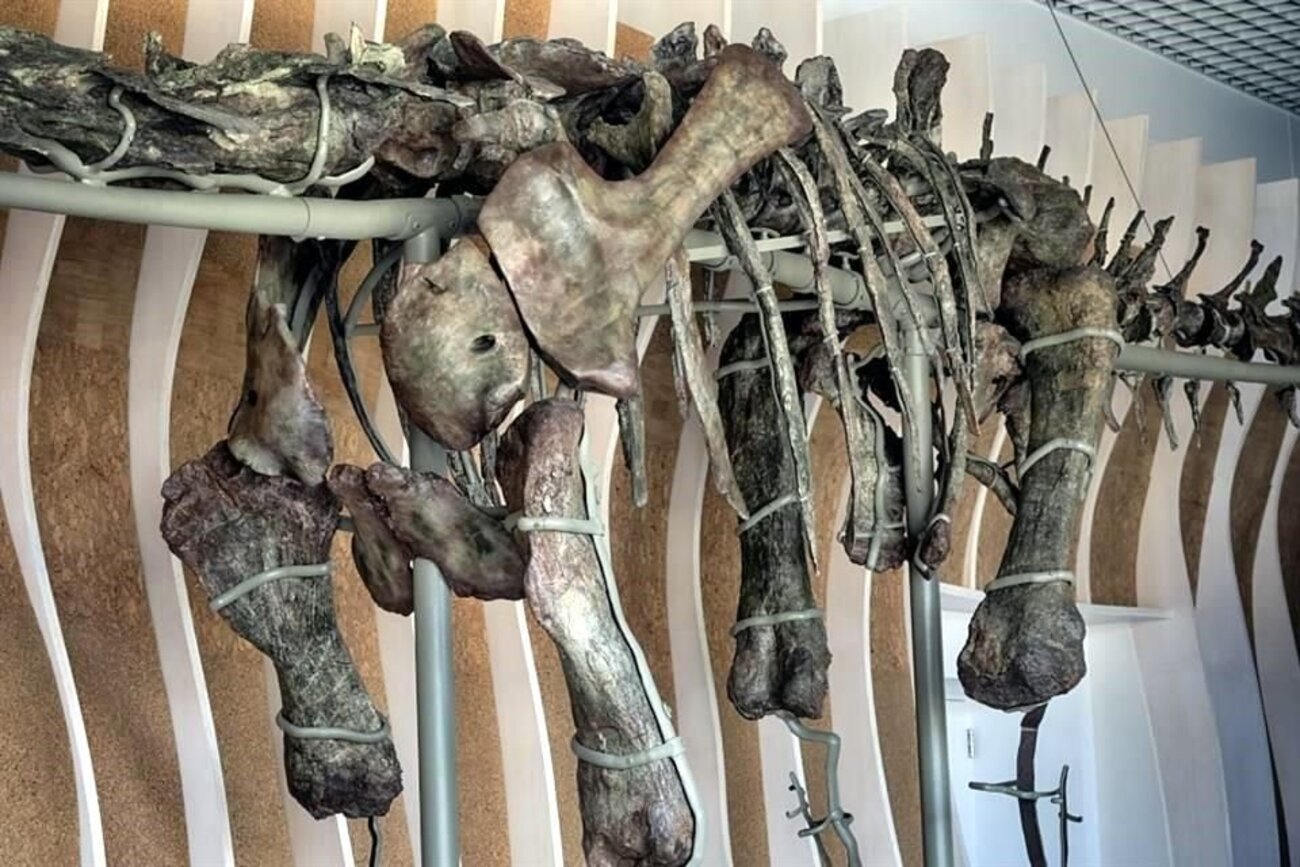
Sustainable tourism echoes ancient Mexican cultures
Living in the beautiful natural landscapes of Latin America are indigenous communities that preserve their ancestral cultures, and which attract tourists looking for an internal transformation involving respect for nature and the environment.
Sustainable tourism has a positive influence on our natural surroundings, given that it doesn't overburden it and helps preserve the culture and the environment as they have remained for centuries, far from the massive urbanization and degradation of ecosystems caused by conventional tourism.
Rodolfo Salinas, creator of Natoure, a mobile app that promotes sustainable tourism, told EFE that when it comes time to travel, it's important to understand the "natural load" of a place - that is, how much human activity it can take without having its natural riches destroyed.
"By sustainable tourism, we understand a tourism that maintains the biophysical conditions of the location so that other travelers can enjoy the culture" and everything else it has to offer, he said.
Massive tourism does just the opposite by overexploiting resources and impoverishing nature.
"What divides tourism is the interaction you have with the natural environment," Salinas said, who regretted that in Mexico visitors are highly concentrated in "15 percent of the destinations," seduced by comfortable, restful, all-included tourism - a tourism of masses that only takes into consideration free-market rules, not the laws of nature.
What happens is that "these places are left with massive damage to the environment once vacation season is over."
CONTENIDO RELACIONADO
The virtue of ecological tourism, on the other hand, is in the interaction of cultures in the midst of unspoiled nature.
This kind of travel is also characterized by small groups of some 20 people, "usually of the upper middle class," who consume local products, take part in traditional activities and camp out under the stars.
An outstanding place for such tourism is the Protected Natural Area of Xochimilco, where the ancient Mexicas grew crops on "chinampas" 1,000 years ago, and where locals practice organic agriculture today.
Chinampas are small extensions of land in the canals that were cultivated by inhabitants of Tenochtitlan, on the site of present-day Mexico City.
Felipe Barrera, a member of the "Chinampayolo" community, told EFE that tourists who visit here seek to "discover other universes, other worlds, and if they're not careful, they could get lost."
Salinas expressed his conviction that sustainable tourism can influence the daily actions of tourists once they return home, having acquired awareness about the importance of nature's riches.










DEJE UN COMENTARIO:
¡Únete a la discusión! Deja un comentario.